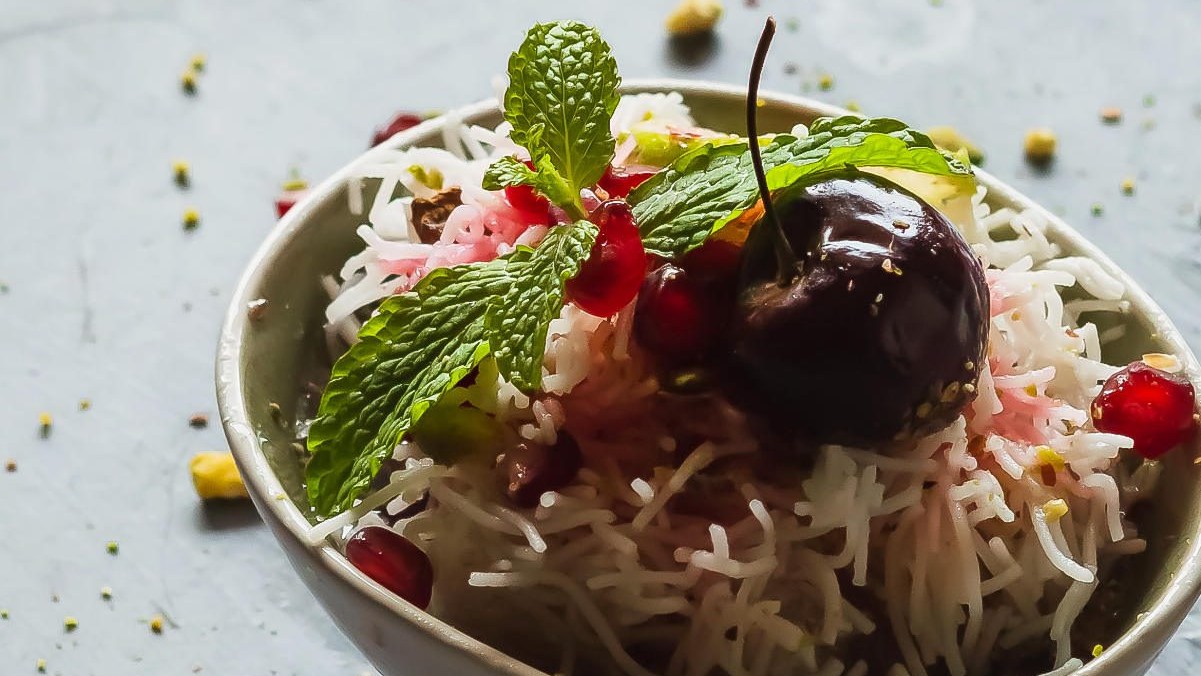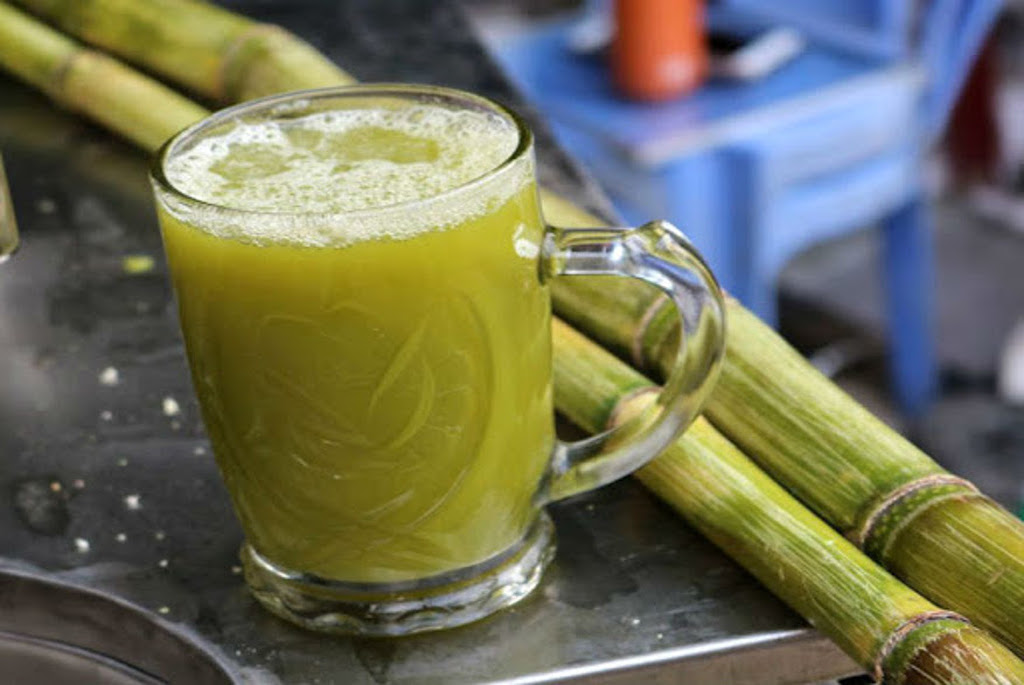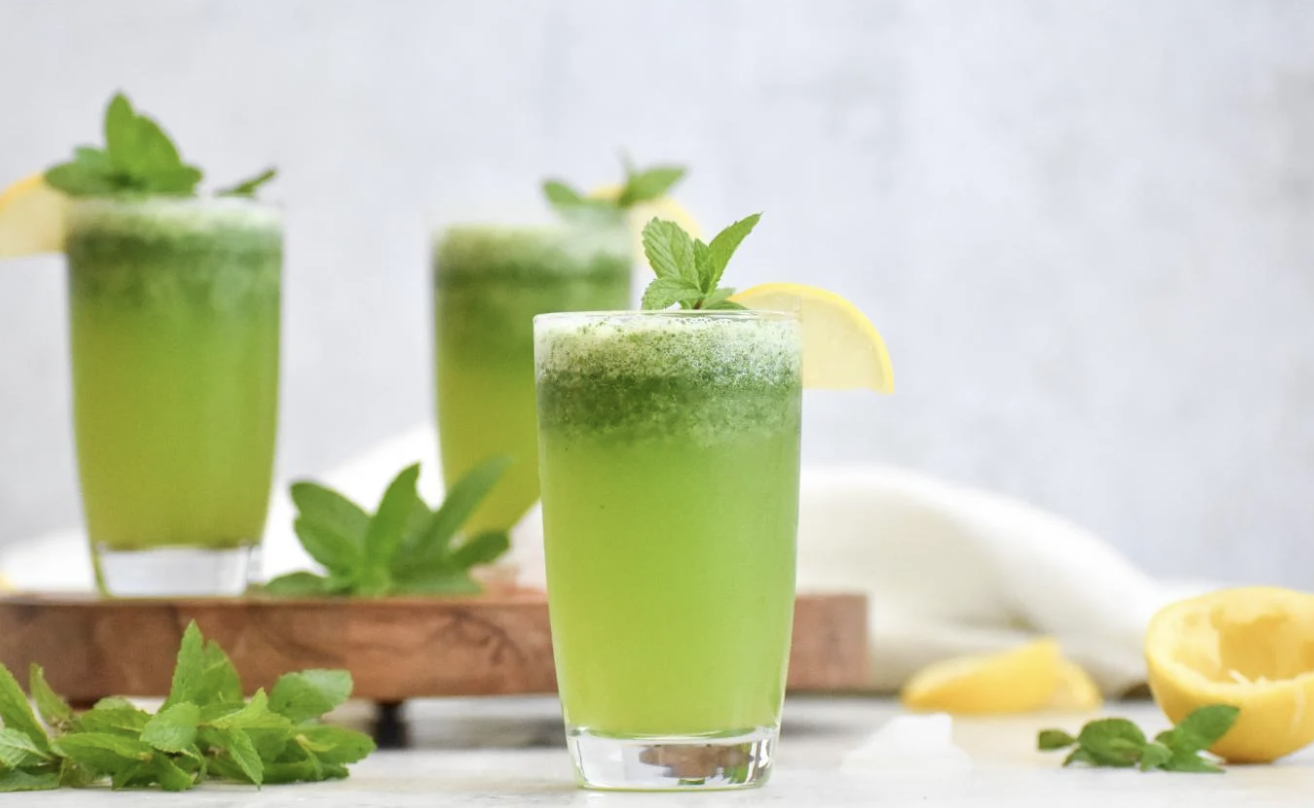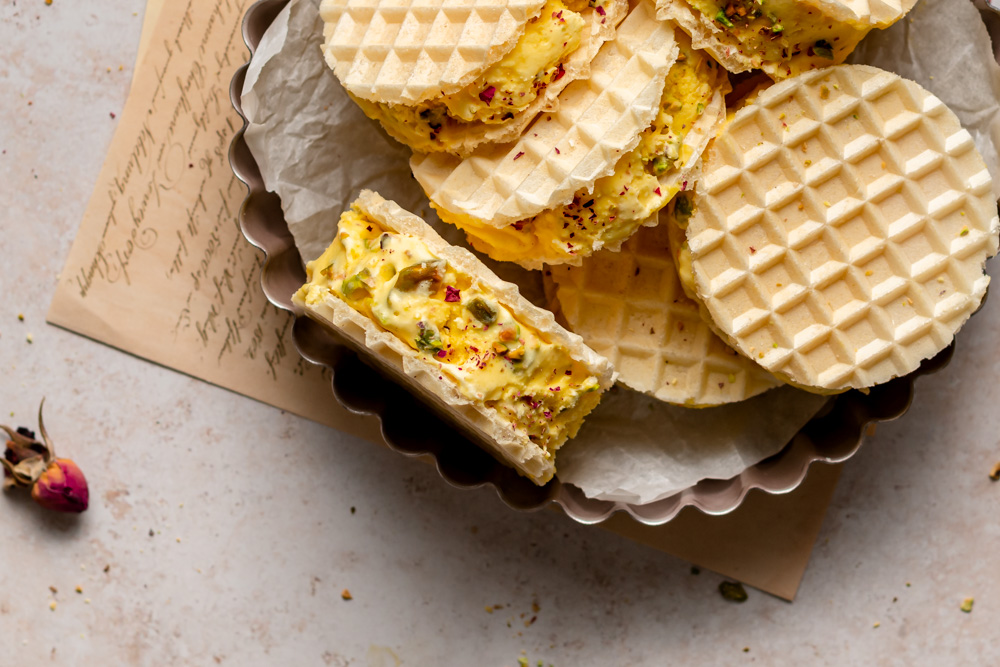Summer coolers: Five must-try drinks and desserts from the Middle East and North Africa

As summer rolls on, bringing scorching temperatures and record-breaking heatwaves, many people around the Middle East and North Africa (MENA) region have perfected recipes to ensure they can keep cool.
While some spend the summer months hidden away in air-conditioned rooms, for many, going out in the heat is unavoidable. And in recent years, some countries around the region have recorded temperatures of over 50C. Unsurprisingly, to combat the sweltering heat, people often reach for refreshing delicacies and flavours. Here, we take a look at some favourite drinks and desserts from the MENA region, all of which are perfect for any hot climate.
1. Faloodeh, Iran
This ice cream-dessert hybrid comes in a variety of flavours, but if you want to keep it authentic, the traditional favourites are pistachio, saffron or honey.
The dessert is sold by ice cream vendors and can also be found in coffee shops, and is made from rose water, lime juice and vermicelli-like noodles made from starch. The noodles are often chilled with the syrup mixture until it is semi-frozen.
New MEE newsletter: Jerusalem Dispatch
Sign up to get the latest insights and analysis on Israel-Palestine, alongside Turkey Unpacked and other MEE newsletters
This delicacy has been enjoyed in Iran since around BCE400. It was so popular, in fact, that it prompted the building of permanent, heat-resistant domes to store ice throughout the year. Over time, its popularity spread to other parts of the world, including India and the Middle East, with many people praising its invigorating flavours and energy-giving properties.
2. Aseer Asab, Egypt
Aseer Asab, Arabic for sugarcane juice, is a firm favourite in Egypt all year round, but it becomes especially coveted in the heat.
The juice is extracted from freshly pressed sugarcane, and it can be found at juice stands around the country. It is naturally sweet and affordable, making it a go-to choice.
The drink - which is usually served ice cold in a plastic bag with a straw in it, or in a tall glass mug - has a number of perceived health benefits, with many believing it is good for digestion and for healing the kidneys.
Most Egyptians love aseer asab with no additions; however, the drink, which has become popular around the world, can also be combined with lime and ginger juice for an extra punch.
3. Assidat Zgougou, Tunisia
Often a culinary must during Mawlid celebrations (the anniversary of the prophet Muhammad's birth) in Tunisia, Assidat Zgougou is a delectable pudding consisting primarily of Aleppo pine grains, milk and sugar.
The pudding comes in layers, with ground Aleppo pine grains (Zgougou) at the bottom and a cream layer (Assidat) over the top. It is then decorated with toppings such as almonds, hazelnuts, pistachio, dried fruits and sweets.
Not only is this dessert refreshing and creamy for a summer day, it is usually a way of displaying a beautifully decorated pudding. Loved ones exchange and gift Assidat Zgougou in decorative bowls meant to be kept by the recipient.
While Assidat Zgougou seems like an effortless dessert to make, the authentic way of preparing it is often time consuming and tedious. Hence, it is seen as a great way of showing affection.
4. Limon Na'na', Lebanon
Arabic for lemon mint, this drink is easy to make and is popular across the Levant, particularly in Lebanon. It is the perfect remedy for scorching days, and is sometimes made with crushed ice.
Almost all restaurants, cafes and dessert parlours will have this drink on their menu in Lebanon. The combination of lemon and mint gives the cold drink an extra punch, and it is sometimes made sweeter with sugar or syrup.
5. Bastani Sonnati Zaferani, Iran
This traditional saffron ice cream is cherished by almost all Iranians. Locals will refer to it as "bastani", and will have it either straight from a bowl or placed delicately between two crispy wafers, forming a fragrant and delicious ice cream sandwich.
Often made with milk or cream, frozen custard and sliced pistachios, bastani sonati is then flavoured with rose water and Iran's iconic ingredient, saffron. Traditionally, salep is also incorporated.
The iconic dessert can also be coupled with faloodeh, forming an elite combination. Like faloodeh, bastani has been around for centuries, dating back as far as BCE500.
The sharbat drink, which is typically red in colour, is made from fruits, herbs and flower petals. The drink is most popular around Iran, India and Pakistan, as well as other parts of the Middle East, where people will drink it on special occasions, such as engagements, or to break their fast in Ramadan - because of its high sugar content.
Iranians are also thought to have inspired the sorbet. The Persian word sharbat derives from the Turkish serbet, both of which come from the Arabic sharb, which means to drink. According to records, the first mention of sharbat dates back to the 12th century in the Persian book Zakhireye Khwarazmshahi, which describes different types of sharbat in Iran, including sour grape flavour and pomegranate. Today, sharbat has been adapted and incorporated into other desserts and ice creams.
This article is available in French on Middle East Eye French edition.
Middle East Eye delivers independent and unrivalled coverage and analysis of the Middle East, North Africa and beyond. To learn more about republishing this content and the associated fees, please fill out this form. More about MEE can be found here.









